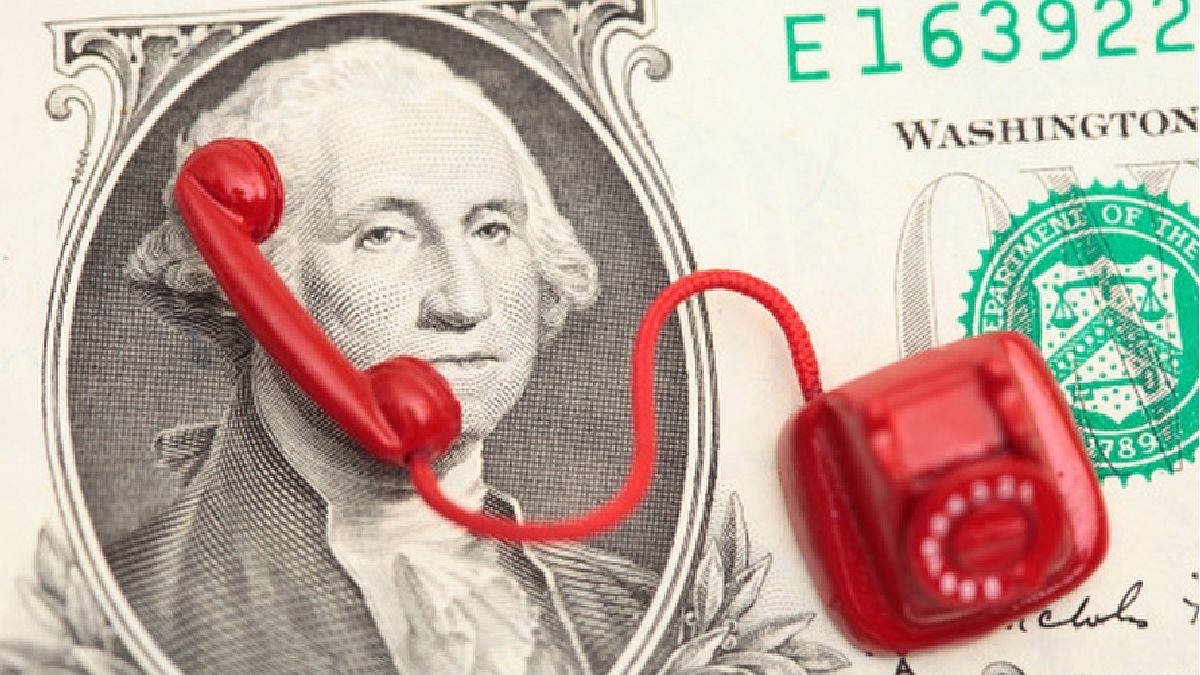The Government aligns itself with the IMF, the devaluation rate increases more than the interest rate and inflation. The real economy versus market expectations.
The Ministry of Economy changed the order of priorities, while in January and February 2023 the peso devalued at a rate of 5.5% per month, in March at 6.0% per month and in April at 6.5% per month , in the month of May it is being devalued at a monthly rate of 8.3%, this speaks clearly that the government changed its preferences and now seeks a higher exchange rate.
If we take it to the effective rate, it is devaluing the peso at an annual rate of 260.3%, this rate is higher than what a national government treasury bill yields, which you can buy at banks and stockbrokers, at a 49-day term that yields 146.3% per year, and also exceeds the effective rate of a fixed term that stands at 140.4% per year.
If we take monthly inflation, and we estimate inflation for April at 7.5% per month, the effective annualized rate gives us 138.2% per year.
As can be seen from the narrative carried out, the devaluation rate today comfortably exceeds the interest rates offered by the market, and is located above the inflation rate, something that is almost a heresy for the Peronist liturgy, and is close to an IMF request.
If we add the sharp increase in public rates to this condition imposed by the international organization, we could say that the agreement with the IMF is one step away from closing.
After reviewing the map of rates that the market does not return, it is interesting to observe the inflation projections that the Central Bank’s Survey of Market Expectations returns to us. After 12 months, the average of the consultants expects an inflation of 146.7% per year, while the TOP 10 of the consultants that make the most successes expect inflation of 158.3% per year. This is not what we say, it is the market average.
In both cases, they expect a 12-month wholesale dollar that would be between $617.5 and $574.50 (this implies an expected devaluation of 177% and 158% respectively), it seems a high level, but it is not taking into account what the future dollar is quoted as of April 2024, which stands at $750, which compared to the value of the wholesale dollar today gives us an implicit rate of 228.51% per year. From this it follows that it is probable that the forecasts of the market average and the TOP 10 of the consultants could have fallen short, and next month they are recalculating the expectation of inflation and future devaluation.
conclusions
. – What we are observing is a scenario where the government is devaluing at a higher rate than inflation to recover lost competitiveness; this measure is being accompanied by a reduction in subsidies to narrow the fiscal gap. Typical measure imposed by the IMF.
. – It is highly probable that inflation will reach levels above 200% annually, if over the months food does not stop its upward escalation. On the other hand, Argentina needs dollars and is forced to devalue the peso, which will have an impact on domestic prices.
. – We believe that 12 months from now, the wholesale dollar can rise more than the alternative dollars (MEP, CCL and BLUE), therefore, our recommendation is to have things and not load yourself with bills.
. – If a new government plans a program to reduce the fiscal deficit, get rid of the stocks and a program of future tax reductions, it is highly probable that both Argentine bonds and shares will be an unbeatable buying opportunity.
. – The real economy has a complicated road ahead, the financial world operates looking at expectations, hence we can see a divorce between the real economy with bad indicators, while bonds and stocks could carry out a significant bullish rally from the second half of May onwards.
Source: Ambito
I am a 24-year-old writer and journalist who has been working in the news industry for the past two years. I write primarily about market news, so if you’re looking for insights into what’s going on in the stock market or economic indicators, you’ve come to the right place. I also dabble in writing articles on lifestyle trends and pop culture news.




